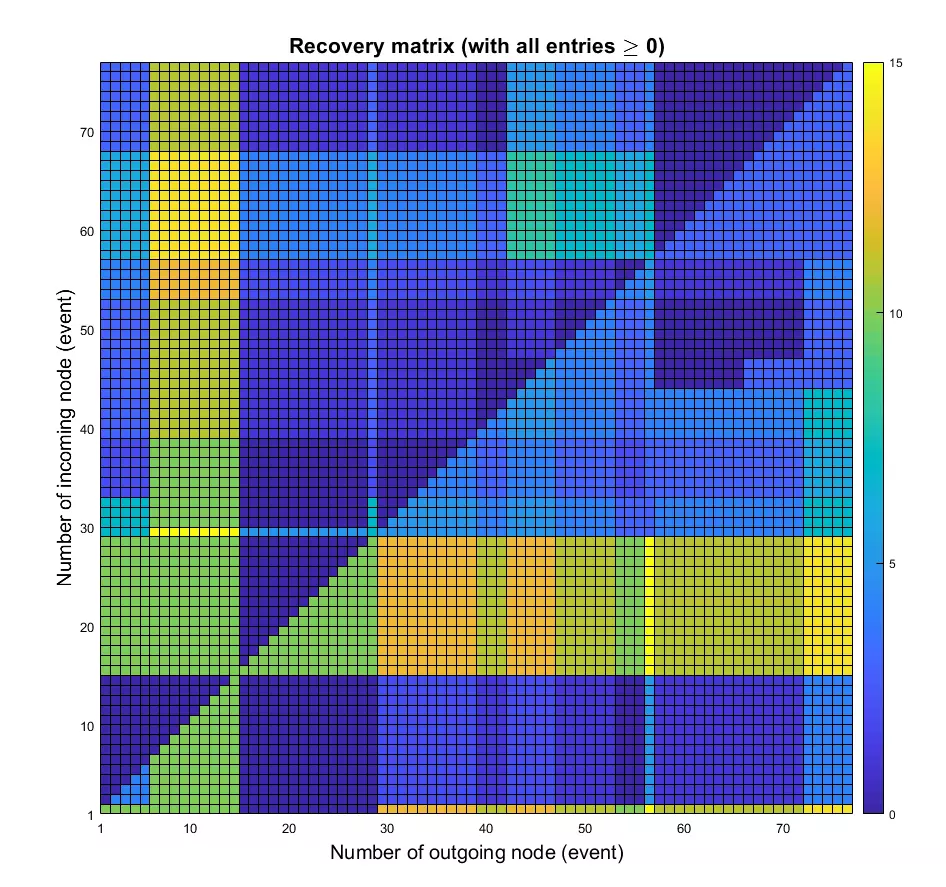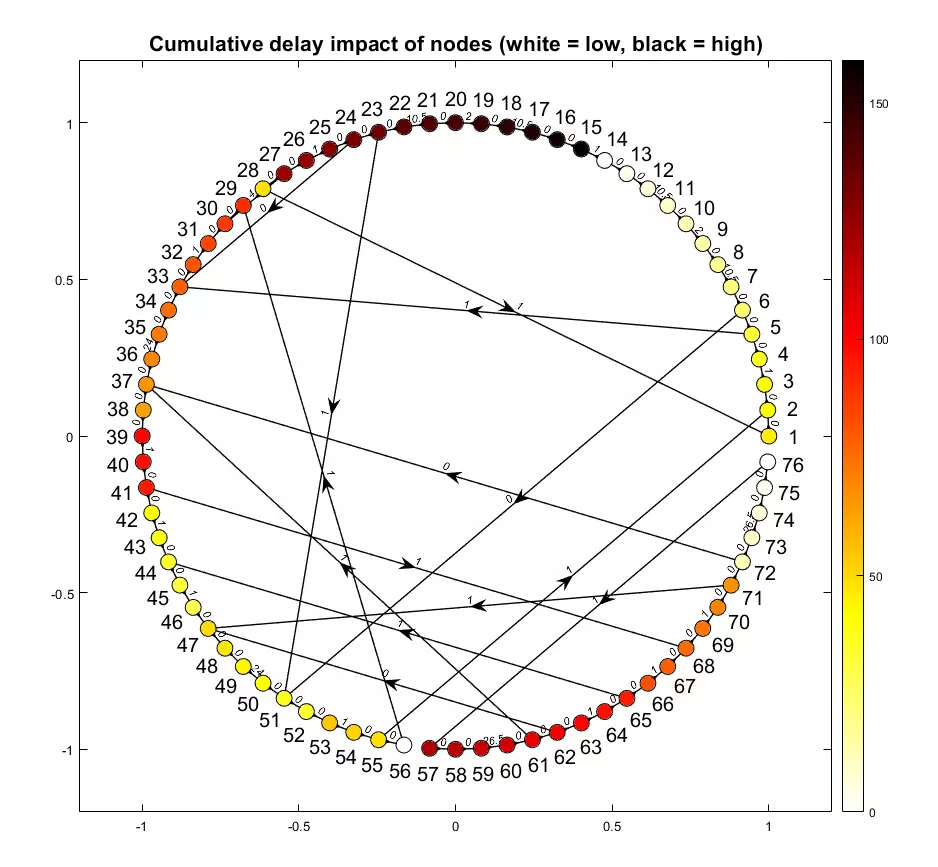Evaluation of timetables and schedules from the perspective of operators and customers
Due to increasing automation and rising capacity utilisation in public transport as well as in air transport, the optimal design of timetables and flight schedules is becoming more and more important.
The design of timetables/flight plans plays an important role for both public and air transport. The creation of a timetable / a flight plan is embedded in a comprehensive planning process. For public transport, this includes, among other things, line planning and the planning of the rolling stock required.
But when is a timetable considered "good"? A timetable must meet certain requirements from the point of view of both customers and operators. For example, customers want short travel times, few transfers, high punctuality, and high frequencies. For operators, a timetable must, among other things, have a high degree of stability so that in case of disruptions, the subsequent delays are as short as possible and the effects on the overall operation are minimal. Furthermore, a high utilisation of the infrastructure capacities should be made possible, while at the same time keeping the costs for handling the transport services low.
As part of several projects with SBB AG (see, for example, here and here) and Swiss International Air Lines, methods were developed to evaluate timetables and flight schedules from both the operator's and the customer's point of view and, if necessary, to propose concrete measures for their optimisation. In the following, we concentrate on the topic of timetable stability. Detailed explanations can be found in the publications listed at the end.

The stability of a timetable is reflected in its robustness to disruptions. A distinction is made between planned (e.g., construction sites) and unplanned disruptions. Unplanned disruptions include, for example, a delayed departure at a station or a reduced travel speed on the route due to poor weather conditions.
A timetable must therefore be able to deal with disruptions of the system as good as possible, i.e., it needs to have appropriate buffers. The larger a potential disruption, the more buffers would have to be available. However, since larger buffers reduce the capacities of the infrastructure and hence are not desirable, it is important to find the best possible compromise during planning. If, for example, it is recognised that a timetable has too little buffers, measures such as the cancellation of planned connections at interchange stations or the adjustment of the preceding line concept may become necessary.
From the customer's point of view, a robust timetable means that even in case of disruptions (up to a certain extent), the connections can be maintained and thus the journey can take place as planned.

To evaluate timetables and flight plans regarding stability and other criteria, the so-called Max-Plus-Algebra forms the central methodological framework in our projects. The application of the mathematical procedures available through this allows for an efficient evaluation of plans and provides several useful figures and concrete optimisation options.
In contrast, a timetable can be evaluated from the customer's point of view, for example by calculating the travel times between all relevant origins and destinations, aggregating them, and comparing them for different scenarios.
Within the framework of the above-mentioned projects, these methods were implemented prototypically as software tools and successfully applied and tested in real-world case studies.
Publications
- Wüst, R. M., Steiner, A., Gomez, C. (2017). Kundenfreundliche und robuste Ersatzfahrpläne während Bau- und Unterhaltsintervallen. Eisenbahntechnische Rundschau ETR, Nr. 10/2017.
- Wüst, R. M., Bütikofer, S., Ess, S., Gomez, C., Steiner, A. (2019). Final report of the SBB Lab project "Development of a prototype for the automated generation of timetable scenarios specified by the transport service intention", 28 June 2019, Winterthur, Switzerland.
- Wüst, R. M., Bütikofer, S., Ess, S., Gomez, C., Steiner, A. (2019). Improvement of maintenance timetable stability based on iteratively assigning event flexibility in FPESP. In: Planning, Simulation and Optimisation Approaches, 8th International Conference on Railway Operations Modelling and Analysis, 17-20 June 2019, Norrköping, Sweden.